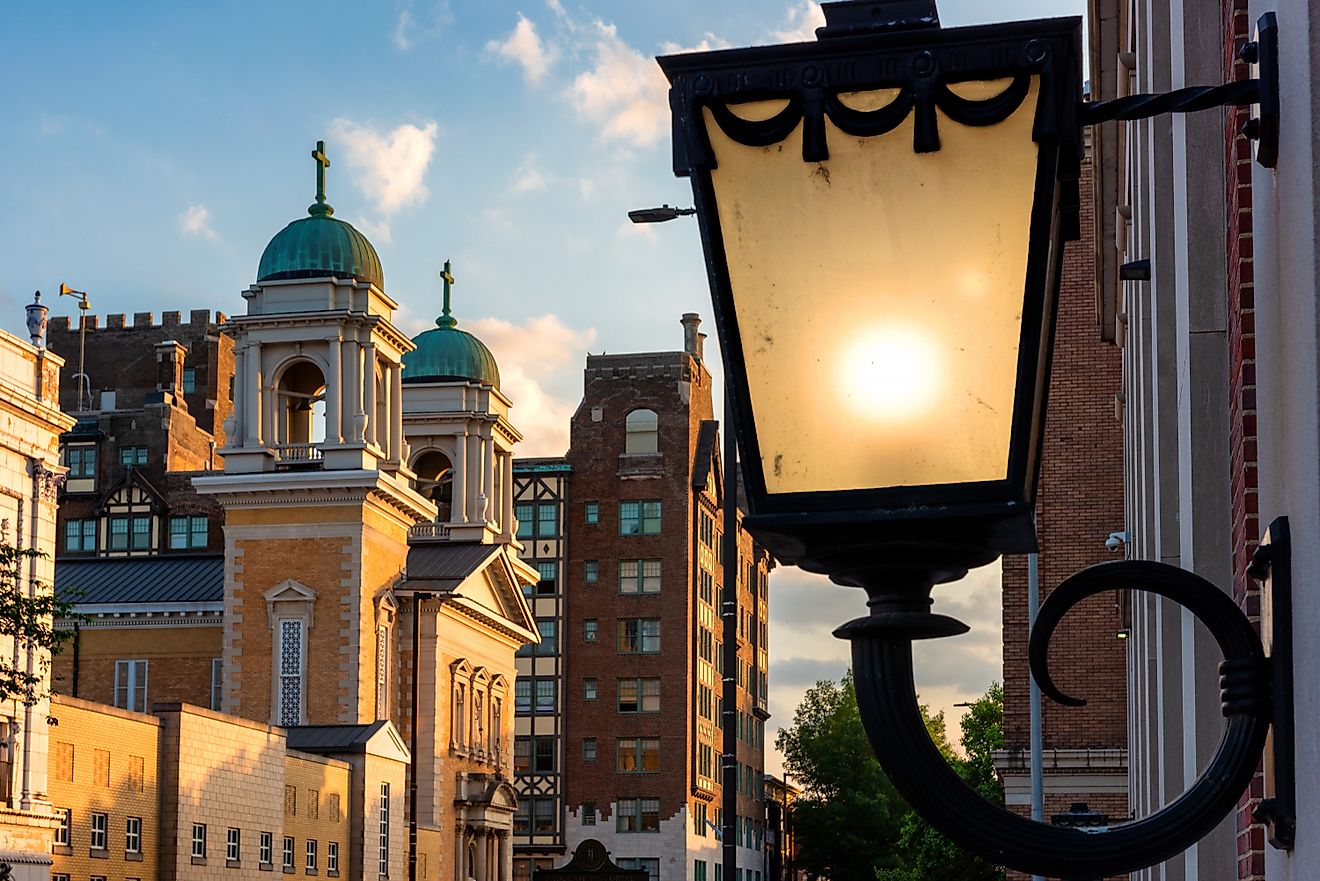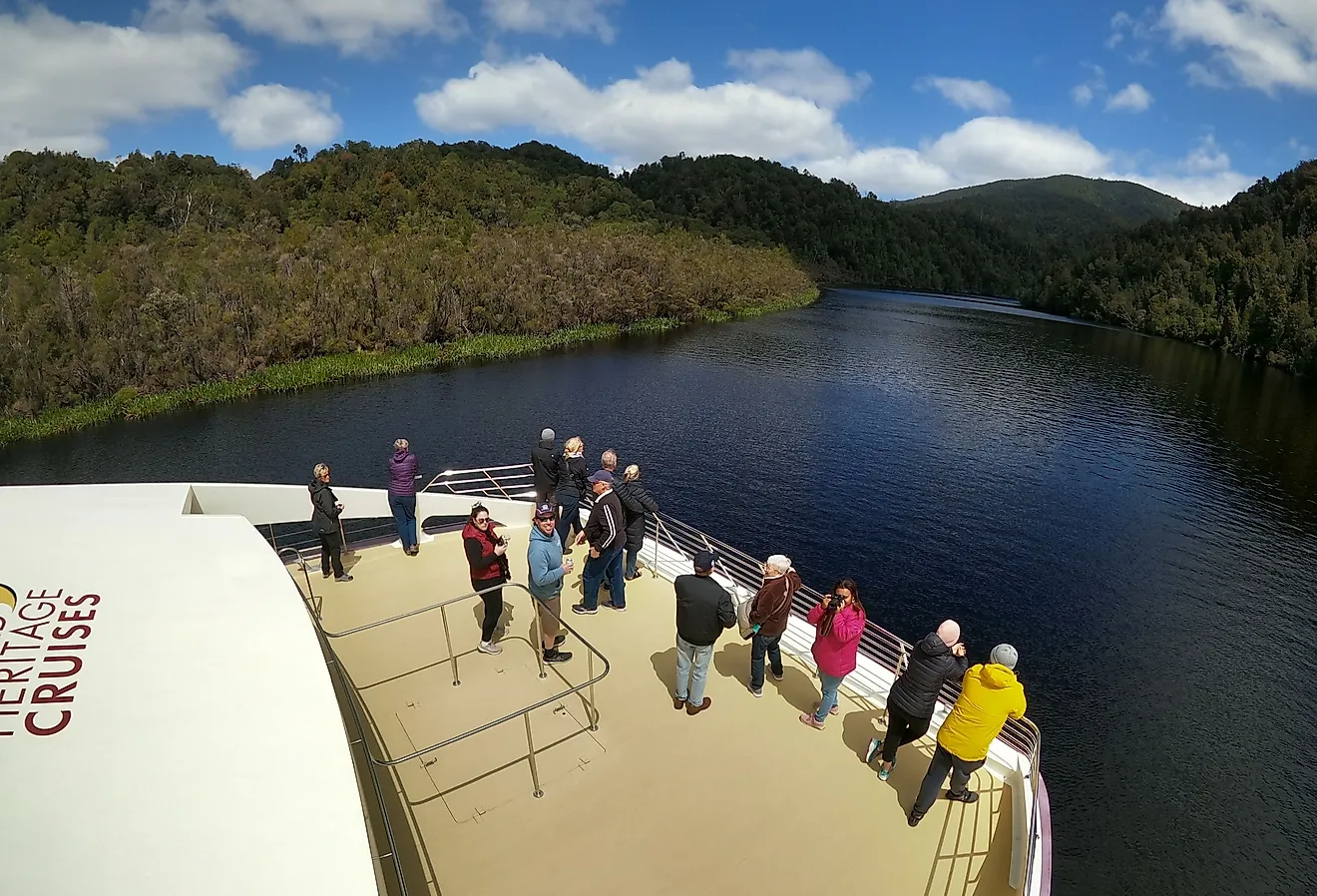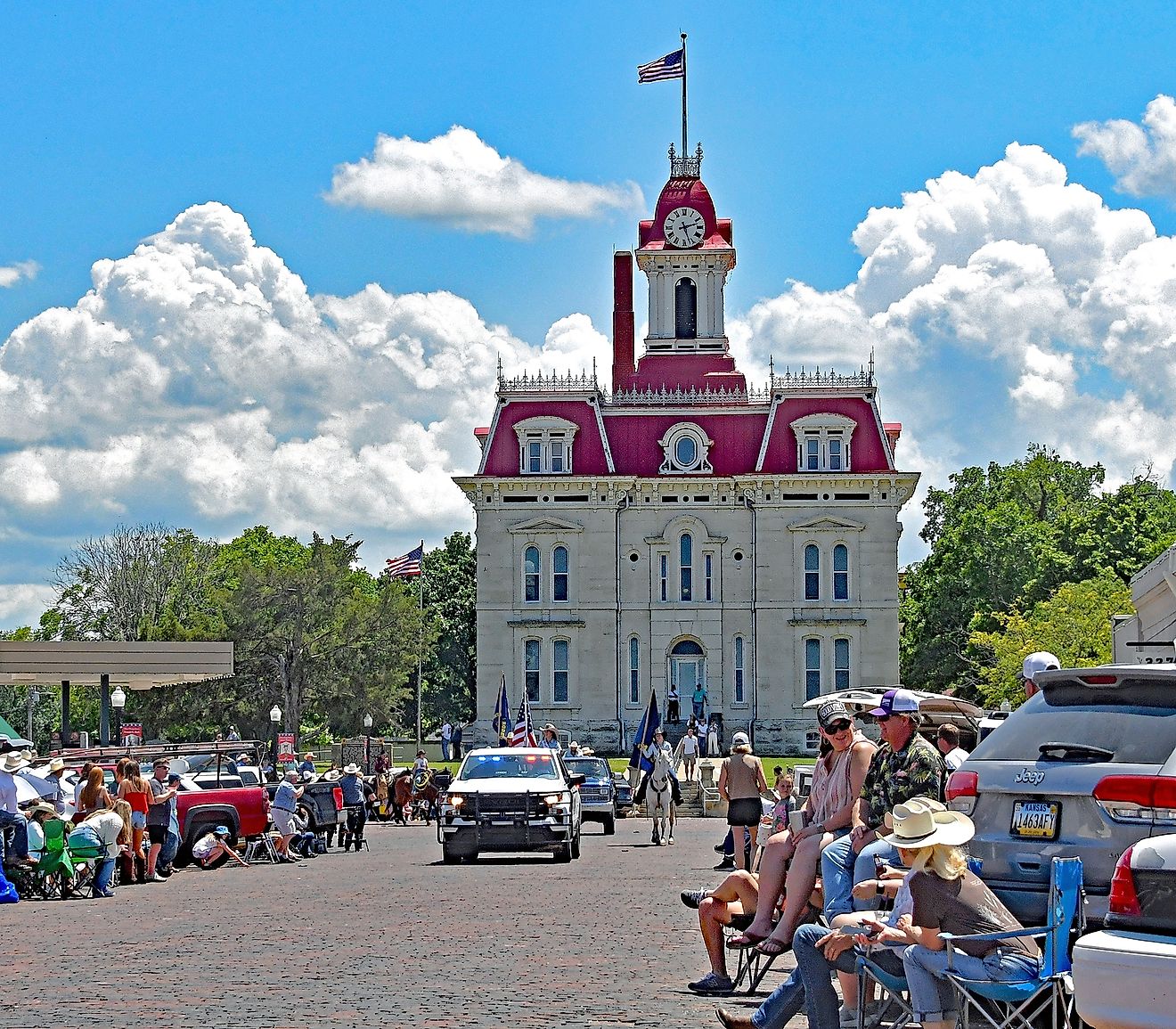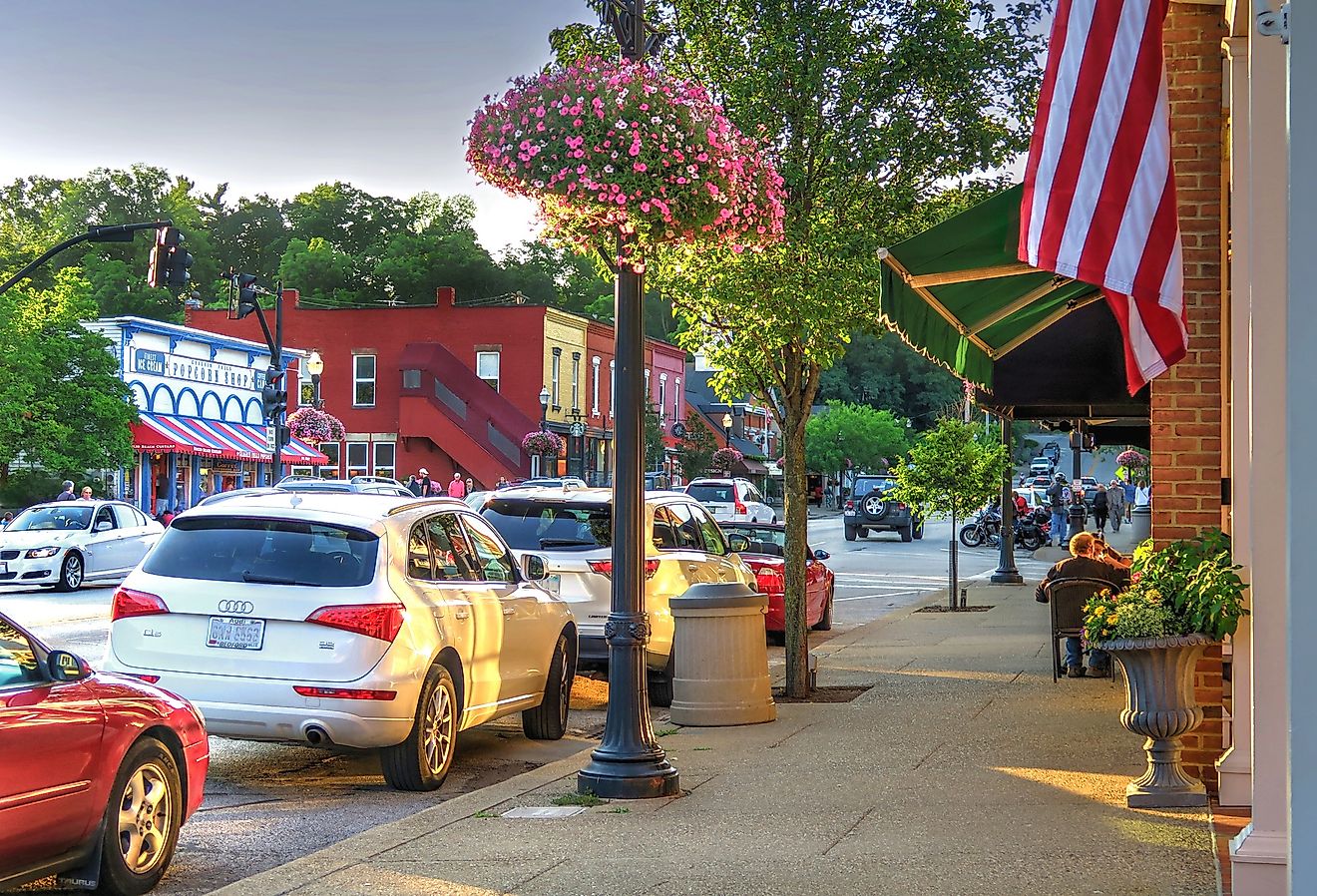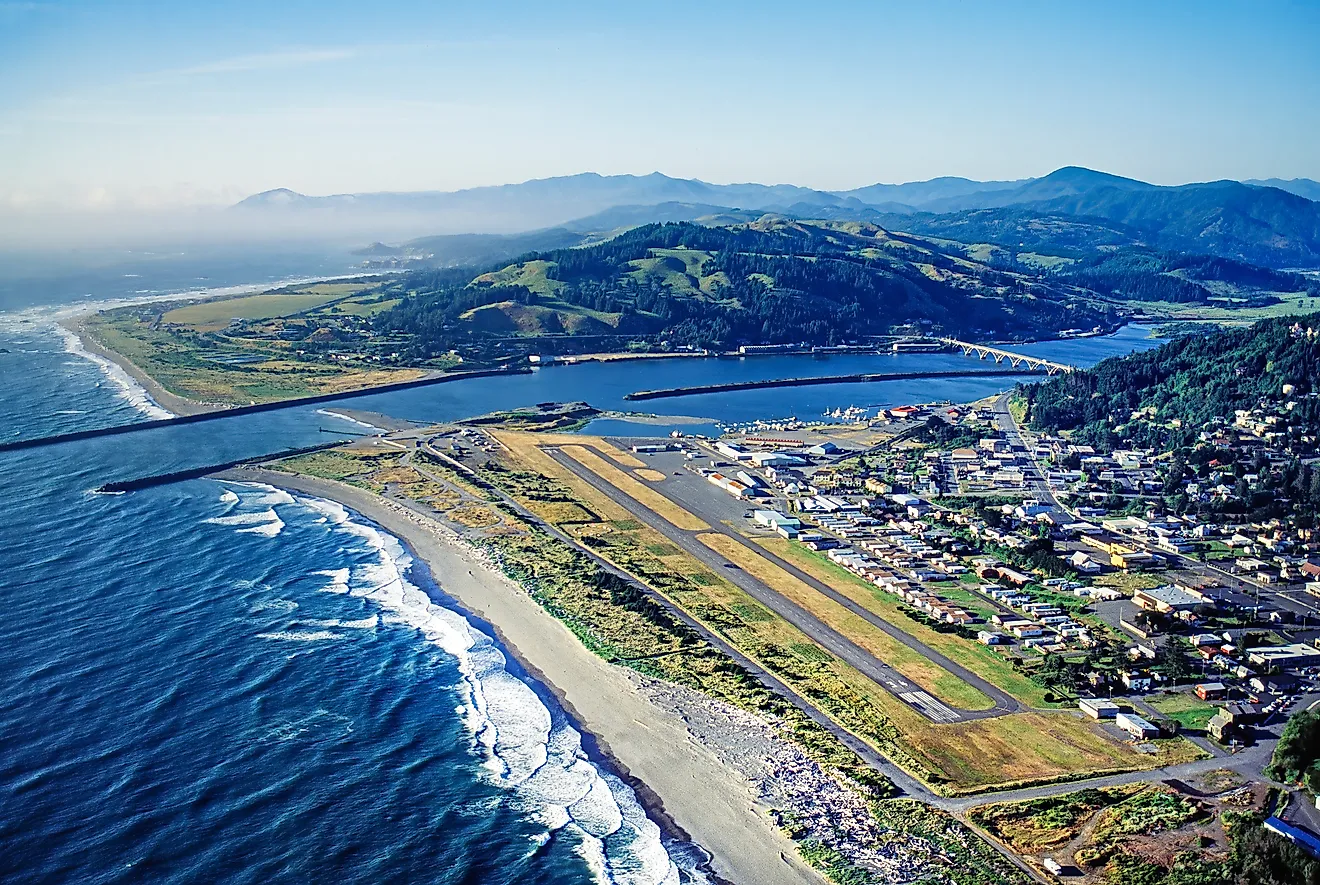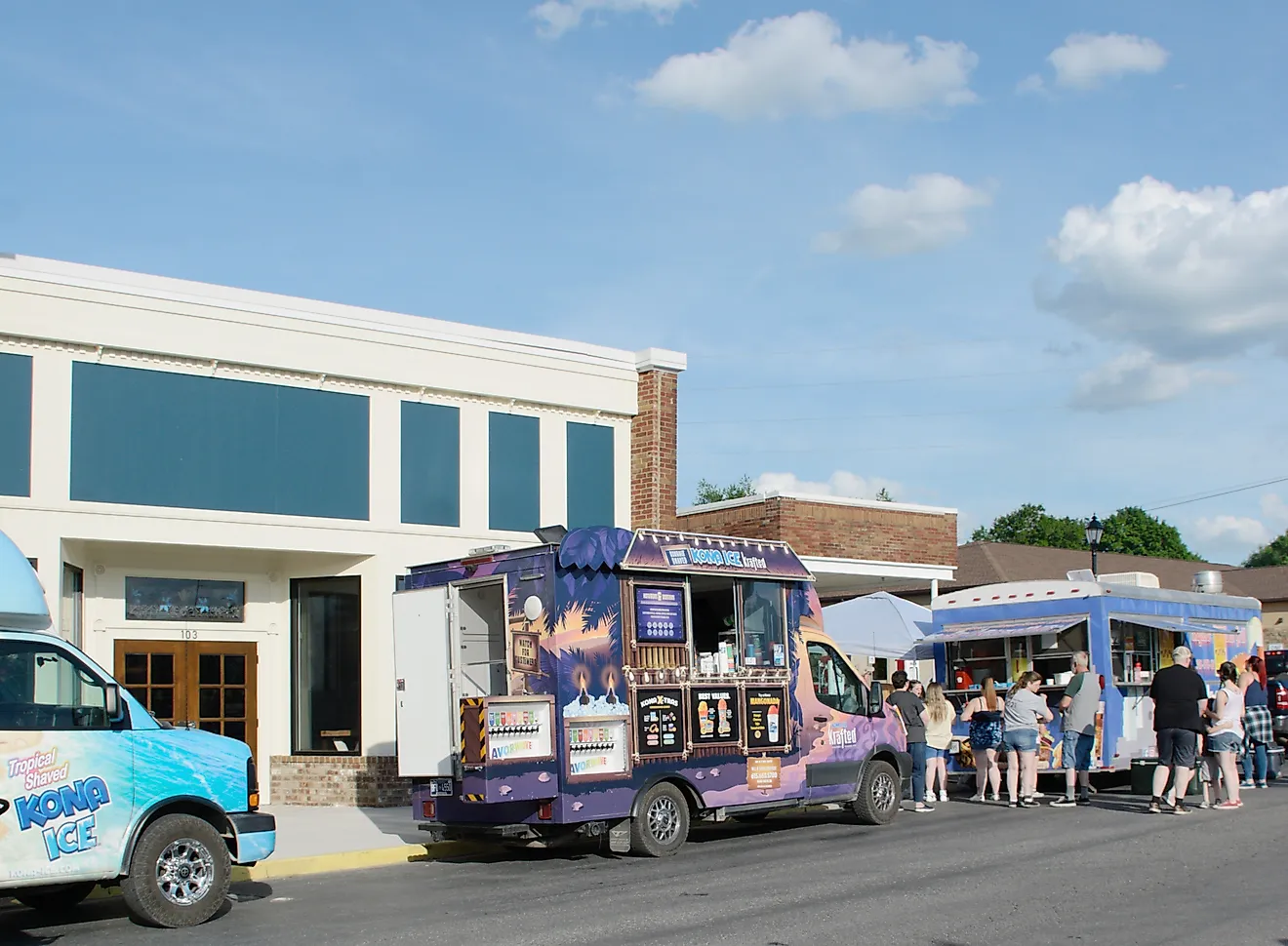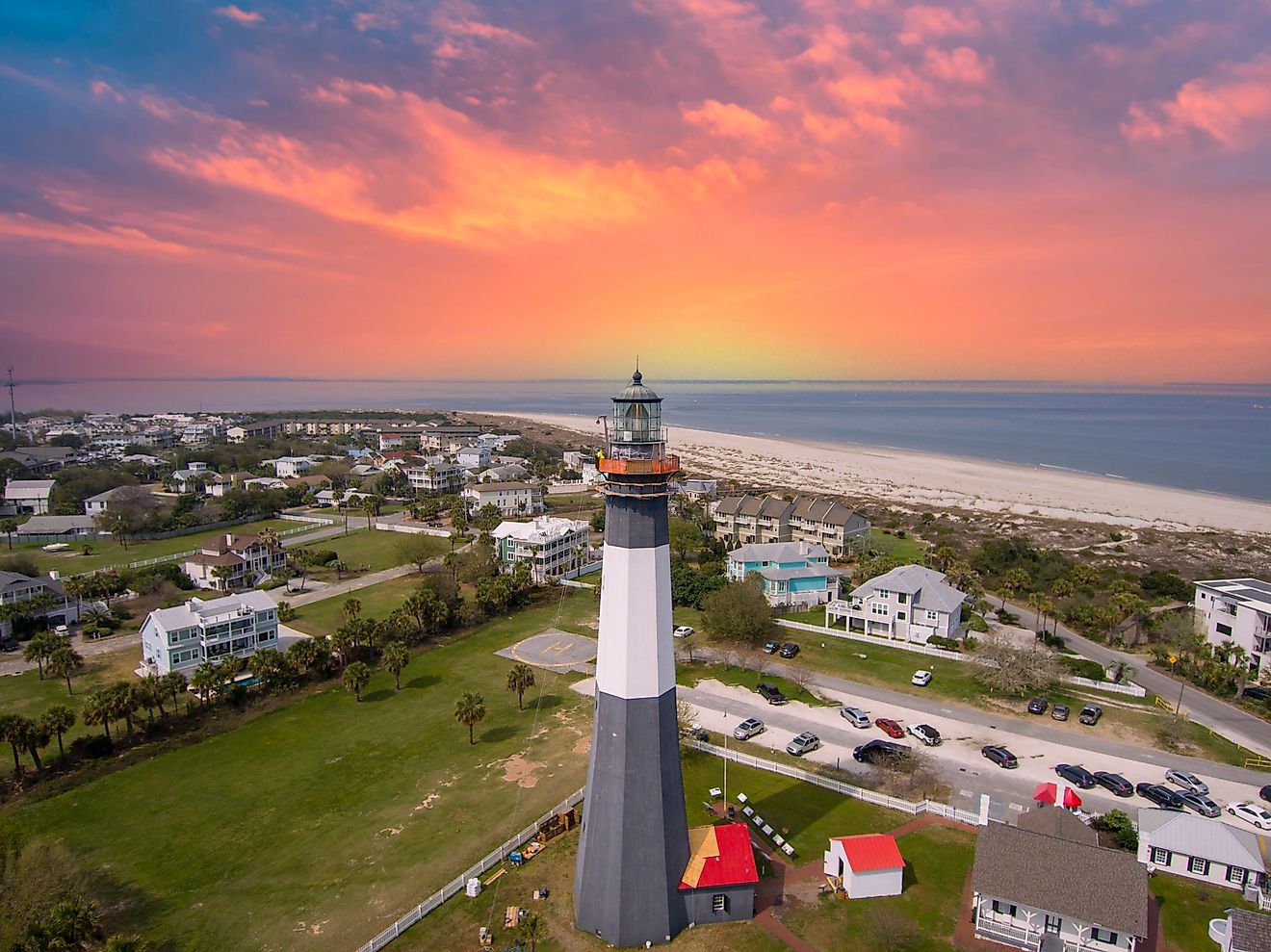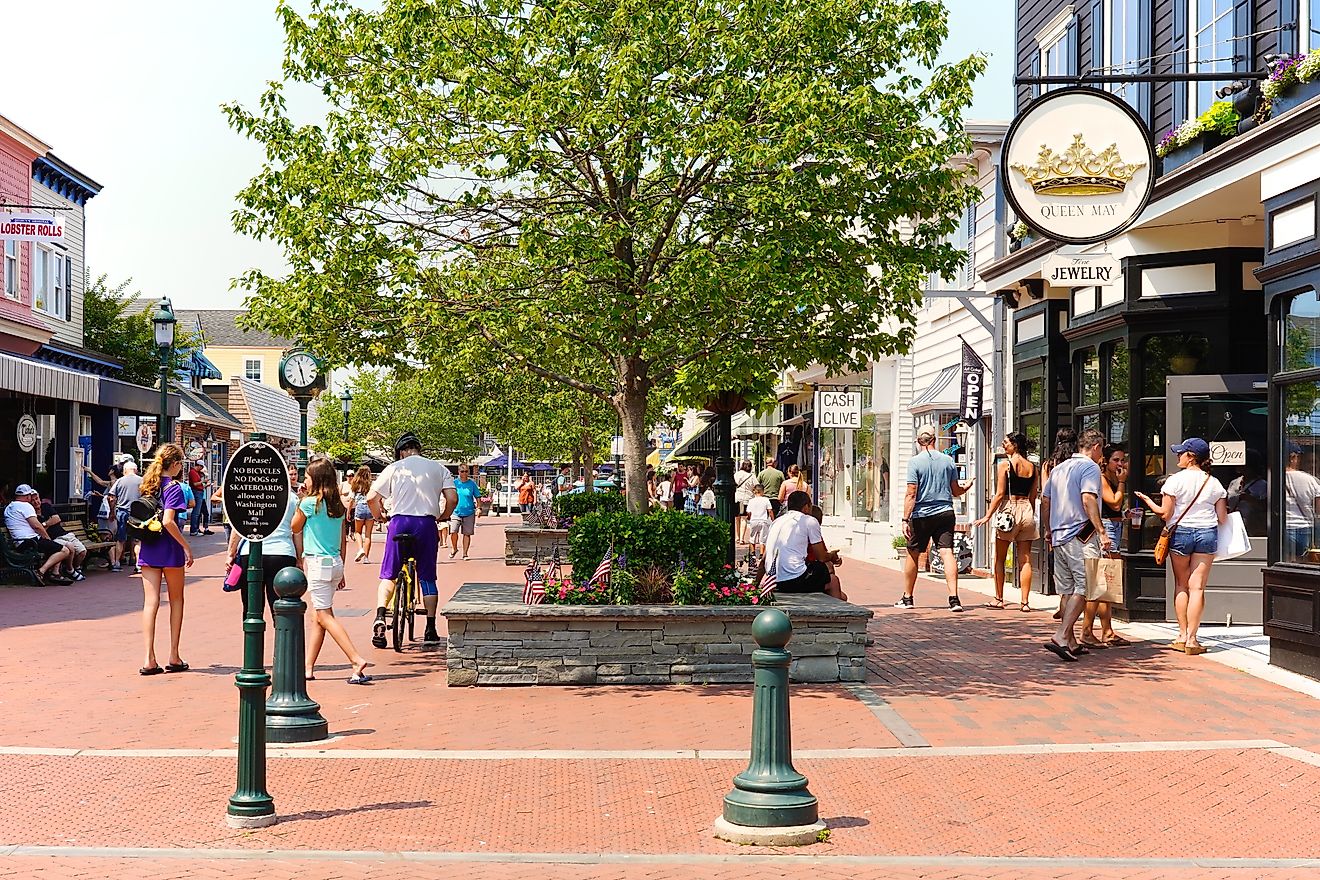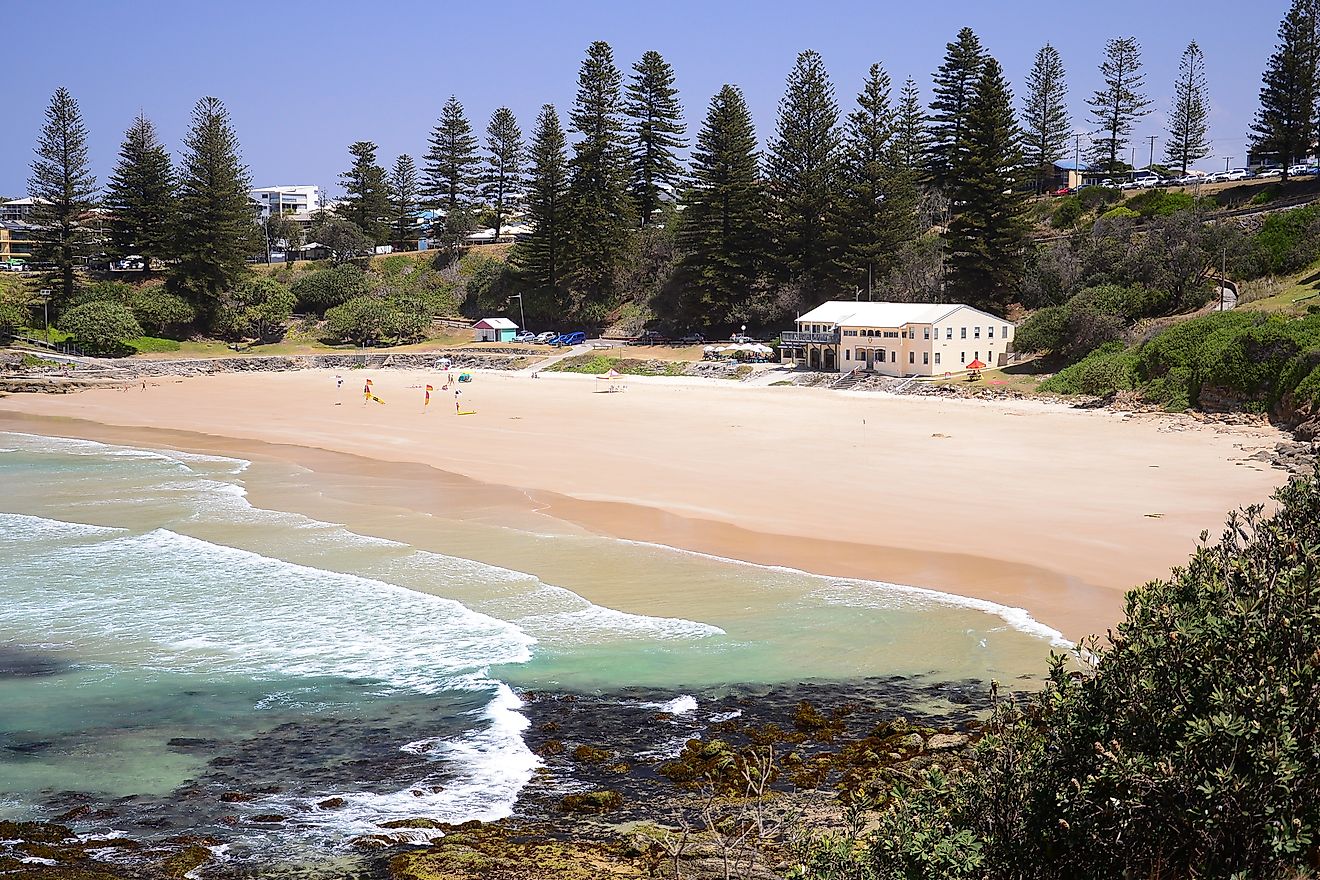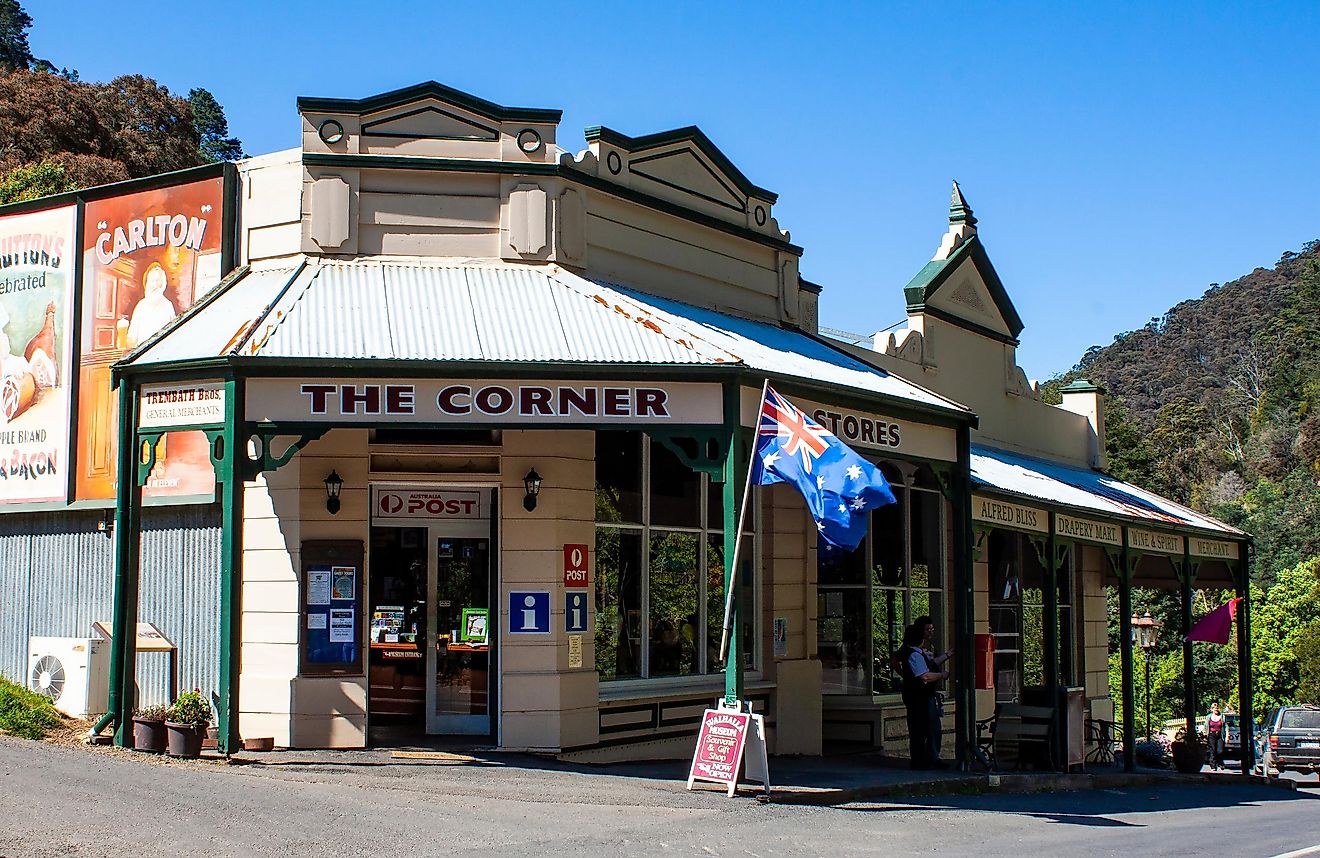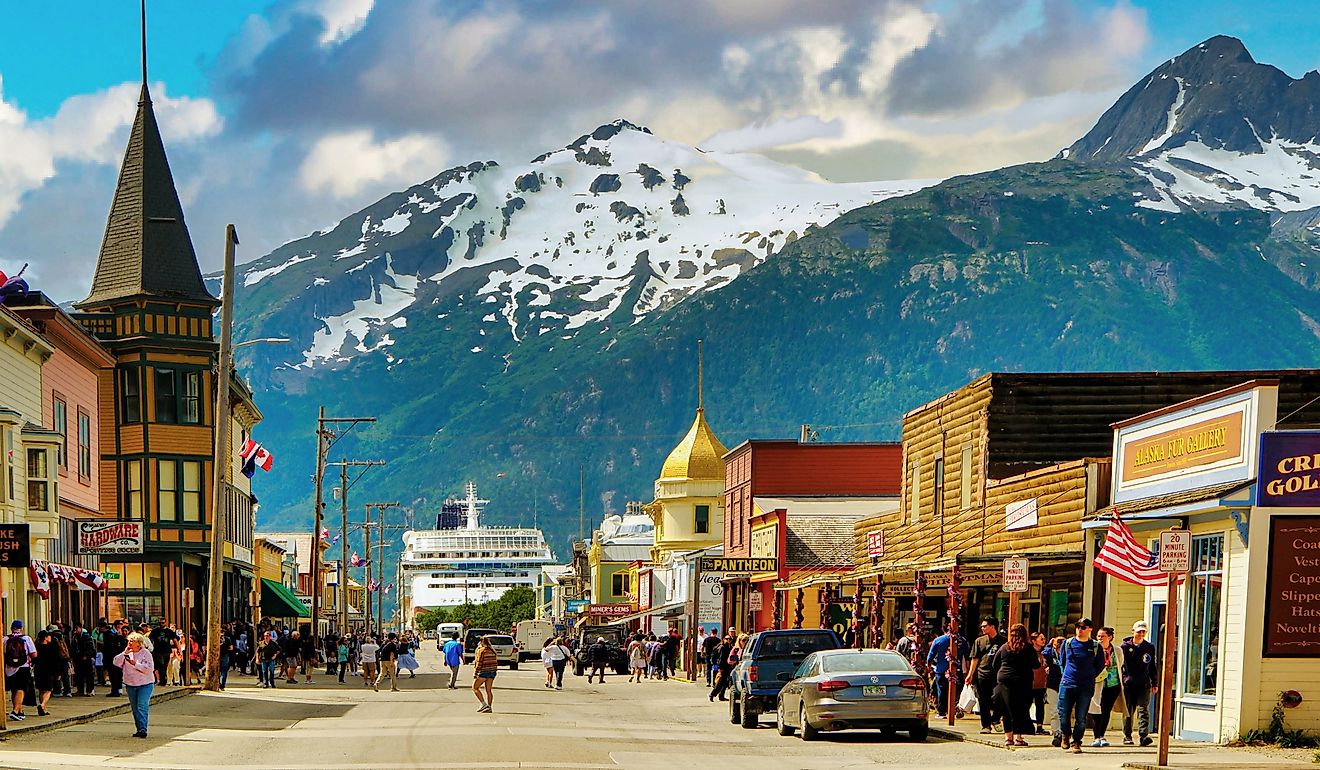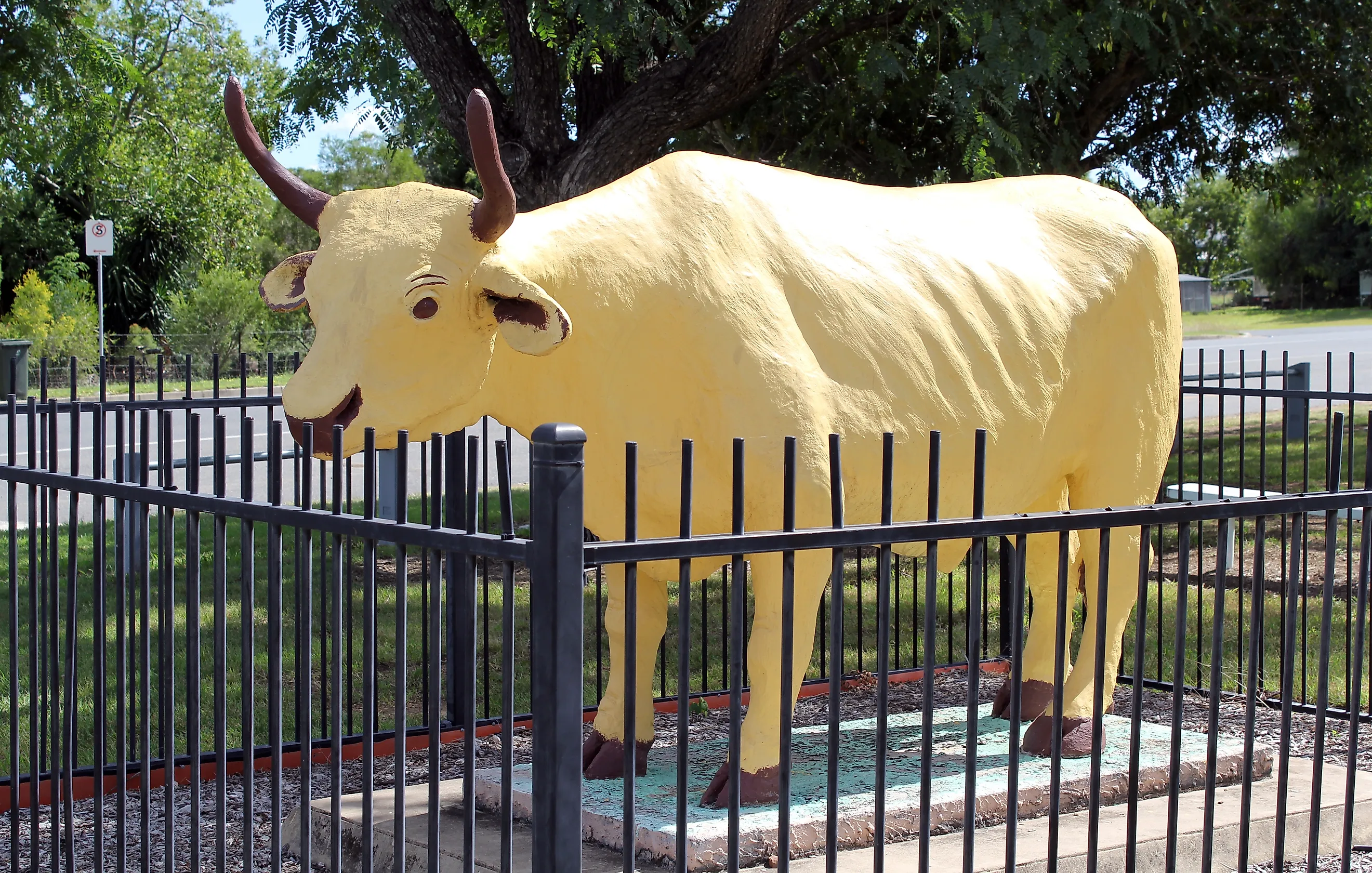
6 Bizarrely Named Towns In Australia
Although it’s the world's smallest continent, Australia is big: nearly 7.7 million square kilometers (3 million square miles) big. And spread across this vastness with its incredibly diverse topography are many small, sometimes remote outback settlements with names that’ll leave you scratching your head. Whether they bear names that provoke curiosity, laughter, or simple bewilderment, these fascinating small towns tell unique stories of colonial mishaps, local legends, and Aboriginal heritage. Sometimes named out of respect but just as often as with that characteristic Aussie humor, these bizarrely named settlements offer an authentic glimpse into rural Australia.
Nowhere Else, Tasmania
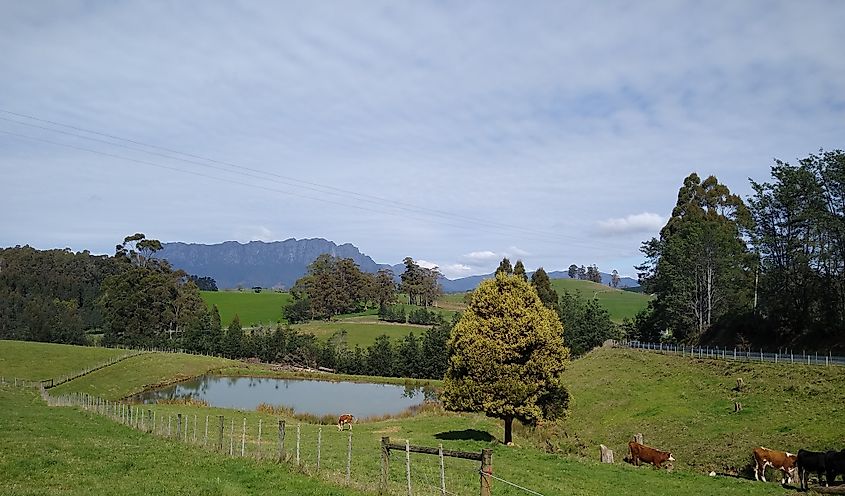
Perched on the shores of Lake Barrington in northwest Tasmania, Nowhere Else perfectly embodies the whimsical nature of Australian place-naming. This tiny community of just 40 residents takes its name from a road that literally led to a place with no name; when asked about their destination, travelers would respond that if it wasn't over the next hill, it was "nowhere else." The name stuck and became official in 1957, cementing its place in the annals of unusual Australian place names.
Despite having no store, pub, or even public toilets, Nowhere Else has become a must-visit destination for travelers seeking that perfect selfie standing beside the town's road sign. That said, the 20-kilometer (12.5-mile) man-made Lake Barrington has become one of the state's premier water sports venues and hosted the 1990 World Rowing Championships. It’s also popular for water skiing, swimming, powerboating, and fishing for king-sized rainbow and brown trout.
Useless Loop, Western Australia
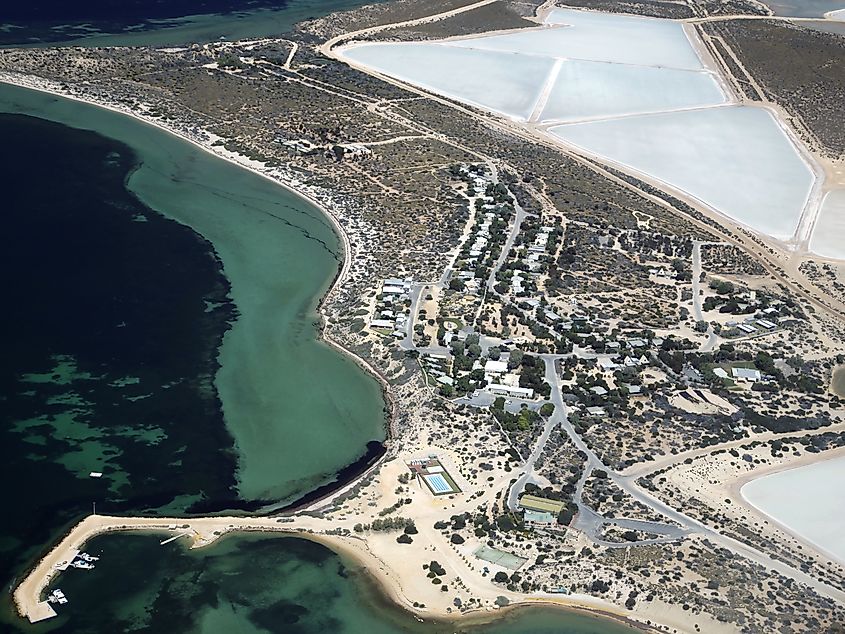
On the remote Heirisson Prong peninsula in Shark Bay, Western Australia, sits one of Australia's most intriguingly named settlements. Useless Loop is a company town with a population of just 134 residents, all connected to the solar salt operation that has defined this community since 1962. Located 25 kilometers (15.5 miles) from Denham across Denham Sound, this isolated outpost takes its name from the nearby shallow inlet that early French explorers deemed "useless" for navigation.
Today, however, it’s anything but useless. Now owned by a Japanese company, Shark Bay Salt exports 1.4 million tonnes of high-quality solar salt annually from this UNESCO World Heritage site. A private community with restricted access, town facilities include a primary school, recreational amenities, and company housing for the 70 employees and their families who call this remote corner of Australia home.
Useless Loop has also earned international recognition for its groundbreaking conservation efforts. In 1989, the community initiated the Heirisson Prong Project, transforming the peninsula into a refuge for endangered Australian mammals including the burrowing bettong, the western barred bandicoot, and the greater stick-nest rat. The secret? The project installed a predator-proof fence across the narrow neck of the peninsula, creating a 1,200-hectare sanctuary free from foxes and feral cats.
Banana, Queensland
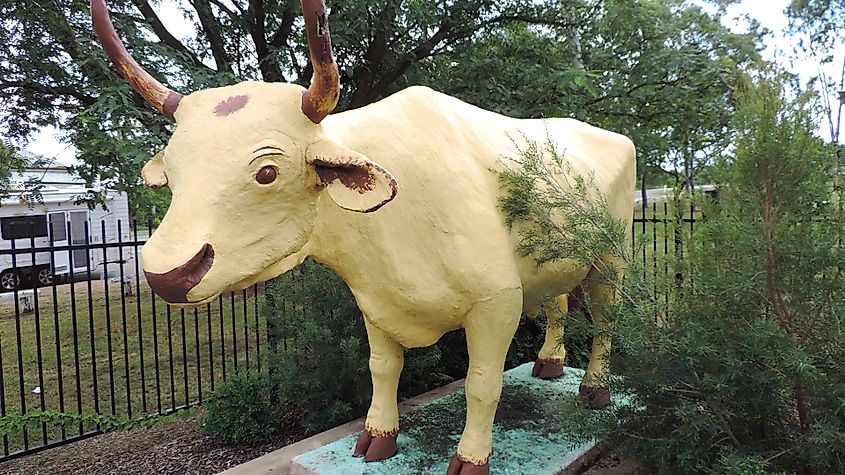
Let’s face it, who wouldn’t want to live in a borough called Banana? Located at the crossroads of the Dawson and Leichhardt highways in central Queensland and the gateway to the wonders of the state’s Sandstone Belt, this small farming community puzzles visitors expecting to find tropical fruit plantations but instead see a landscape dominated by cattle stations.
Instead of the popular fruit, the town's unusual name dates back to the 1860s and honors a yellowish bullock named Banana who became legendary for his ability to herd cattle into holding yards. When this remarkable animal died, grateful cattlemen named the gully where he worked in his memory, and the settlement that grew nearby adopted the name. Today, a life-sized replica of Banana the Bullock stands proudly in town as a reminder of the town’s pioneering days.
The surrounding Banana Shire encompasses some of Queensland's most spectacular sandstone scenery, including portions of Isla Gorge and Expedition National Parks. Adventure seekers also turn up to explore Nathan Gorge with its cliffs and Aboriginal rock art, as well as challenging four-wheel drives through Kroombit Tops National Park. Lake Callide, created by the construction of the Callide Dam, provides excellent water sports and fishing, while one of Australia's last gold rush ghost towns can be visited at Cracow.
Come By Chance, New South Wales
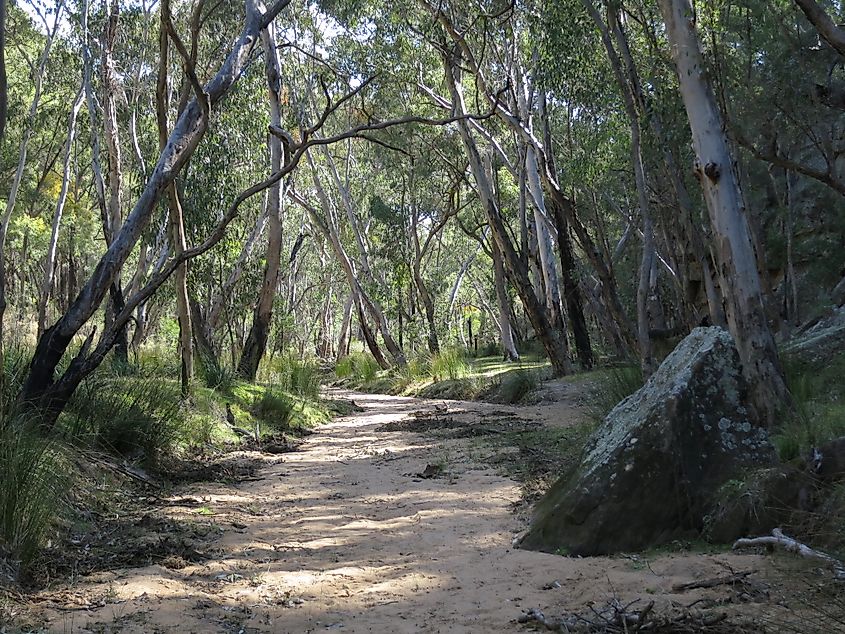
Located in the heart of New South Wales, 100 kilometers (62 miles) north of Coonabarabran, the village of Come By Chance on Baradine Creek is home to just 125 residents. This small community owes its whimsical name to brothers George and William Colless, who arrived in 1862 believing all the land in the area had already been allocated under the 1861 Lands Act. Fate, however, had other plans as they discovered a prime block of land that had been overlooked in the allocation process. It was, they believed, an incredible stroke of luck worthy of naming their sheep station "Come By Chance."
The village that grew around their property adopted the name and became the only privately owned community in the Southern Hemisphere. Indeed, the Colless family owned the post office, hotel, police station, blacksmith shop, and even the cemetery. Banjo Paterson's wistful poem, Come-by-Chance, later cemented the community’s place in Australian folklore.
These days, Come By Chance is best known for its annual Picnic Races. Held each September at the Glenada Racecourse, this fun event sees thousands of spectators arrive from neighboring towns. The event kicked off in 1947 with farers racing their horses and has since grown to feature thoroughbred racing, live music, and fireworks.
Eggs and Bacon Bay, Tasmania
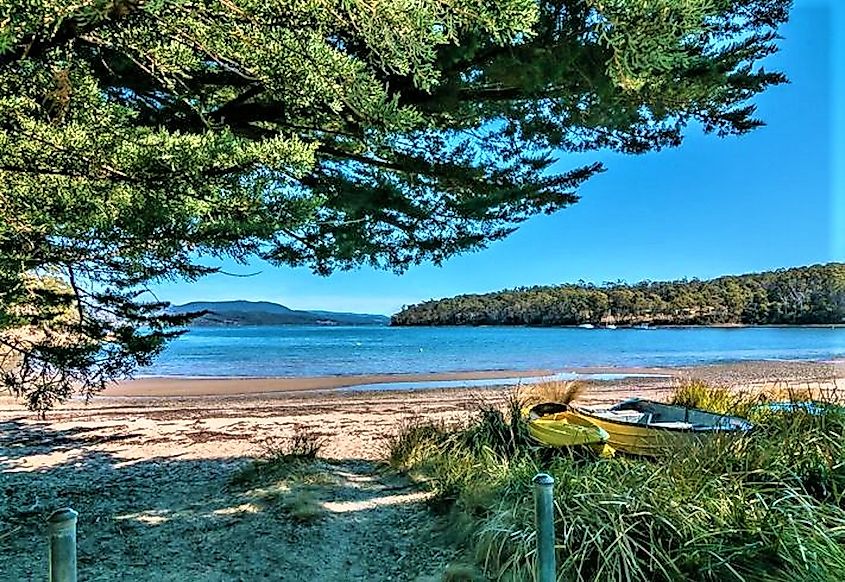
Tucked away in Tasmania's scenic Huon Valley, just 44 kilometers (25 miles) south of Hobart, Eggs and Bacon Bay ranks among Australia's most delightfully named coastal communities. This small settlement of 124 took its name from the yellow and red "eggs-and-bacon" wildflowers that carpet the hillsides above the bay in November and December.
The beach at Eggs and Bacon Bay serves as one of southern Tasmania's best-kept secrets and is generally only used by locals and adventurous day-trippers from Hobart. Facilities include parking, public toilets, picnic tables, and a boat ramp, along with safe swimming conditions perfect for kids. The Randalls Bay Bush and Beach Circuit offers an easy 1.4-mile walking trail through native bushland and along the foreshore, with opportunities to spot native wildlife, including kookaburras, superb fairy wrens, and pademelons (small wallabies).
Wee Waa, New South Wales
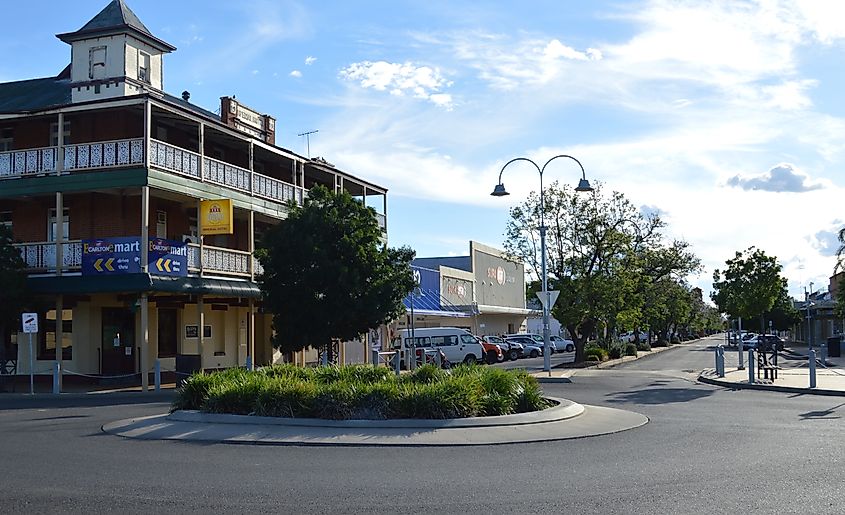
Pronounced "wee-war" and meaning "fire for roasting" in the language of the Kamilaroi people, Wee Waa stands as Australia's undisputed cotton capital. Cotton became a thing here in 1961 when two Californian families recognized the area's untapped potential and introduced American cotton-growing expertise and technology. Their pioneering efforts triggered a cotton boom that revolutionized the region's economy and established the Namoi Valley’s high-quality cotton production.
The town gained unexpected international attention in 2013 when Columbia Records chose the Annual Wee Waa Show as the global launch venue for hitmakers Daft Punk's album, Random Access Memories. Around 2,500 music fans turned out to this remote agricultural community to join in its biggest ever party.
Notable attractions include the Namoi Echo Museum with exhibits including a spray plane, one of the original two-row cotton pickers, a restored blacksmith's shop, Aboriginal artifacts, and an 1880s saw miller's cabin relocated to the museum grounds. Enjoy nature? Pay a visit to Yarrie Lake, a mysterious body of water thought to have been formed by an ancient meteor impact.
The Final Word
Together, these six bizarrely named towns provide ample evidence that Australians are able to mix humor and humanity in the most unexpected places. Each of these settlement offers authentic and often quirky experiences that reveal the county’s true nature: they’re warm, curious, and not averse to using unusual place names.
